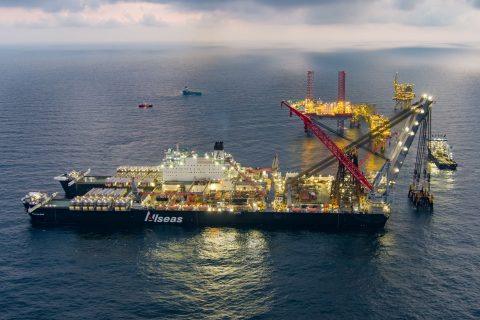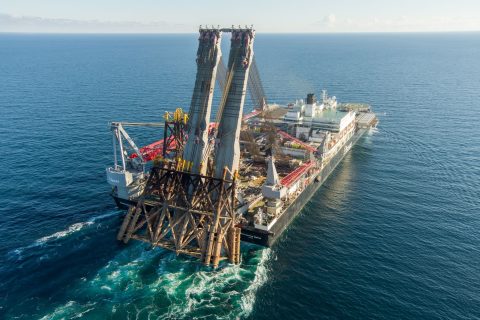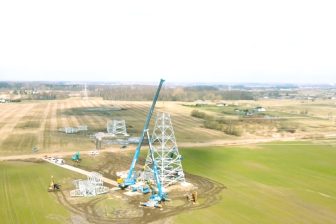
Pioneering Spirit removes North Sea’s Tyra field jackets
Allseas’ Pioneering Spirit is headed for Frederikshaven, in Denmark, to bring two jackets from the North Sea’s Tyra field for recycling.
The Pioneering Spirit is the largest construction vessel in the world, with a topside lift capacity of 48,000 metric tonnes, and a jacket lift capacity of 20,000 metric tonnes, with six lifting blocks of 5000 metric tonnes each. The end of this project also marks the end of Allseas involvement in the Tyra Redevelopment Project. Overall, the Pioneering Spirit removed over 35,000 tonnes of offshore structures, using of all the Pioneering Spirit’s heavy lift systems.

The vessel removed the West Alpha and East Alpha structures for clients TotalEnergies EP Denmark and its Danish Underground Consortium (DUC) partners. The redeveloped Tyra II will permit continued production of natural gas, contributing to the energy security for Denmark and Europe, with 30% less CO2 emissions.
You just read one of our premium articles free of charge
Want full access? Take advantage of our exclusive offer




